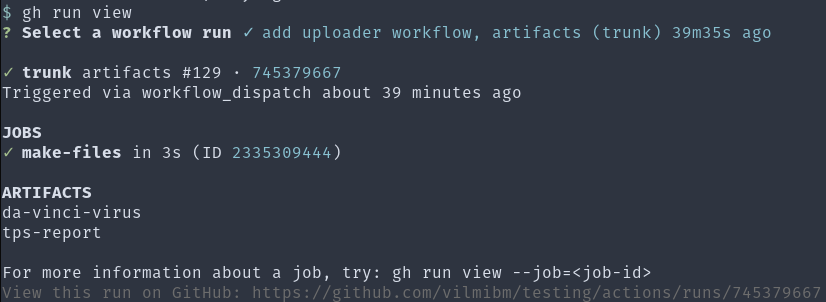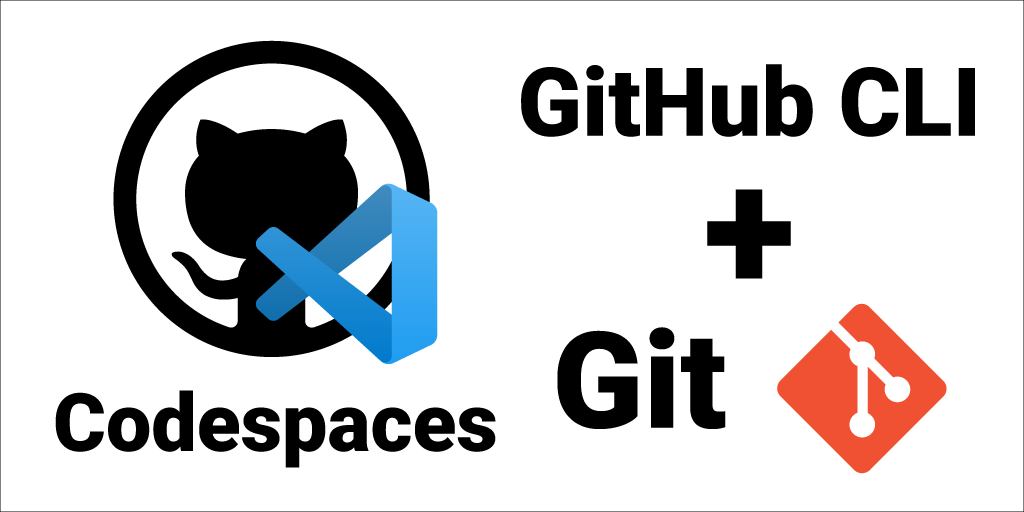

You’ll finally then have the option to submit the issue, open it the browser, or cancel.

Using this command as is will kick off an interactive terminal workflow to select any available GitHub Issue template, and then fill in the title and issue description. We can use the gh issue create command to create a new GitHub Issue directly from the command line. Now, we just have one last command to explore.Īs we’re working on our assigned issues, imagine we find an additional bug we need to report. gh issue list -a "n8bel" -l "bug" Create Issues With GitHub CLI This will open the issue in a web browser where you can then assign it to yourself.Īfter assigning any issues to yourself, you can double check your assignments from the command line by listing out open bugs assigned to you. Currently, we can’t do that directly from the command line, but we can quickly open the issue from the command line using the “view” command. Once we’ve found an issue we want to fix, we might want to assign that issue to ourselves. Now, we can see there is also an enhancement label we can search for gh issue list -l "enhancement" View Issues With GitHub CLI If you’re unsure of what labels are available for the open issues, you could first check by listing all the open issues again gh issue list To list out all of our open bugs, we could filter by the “bug” label defined in our GitHub repo gh issue list -label "bug" We could start looking for new tasks by listing out issuses filtered by different labels. That’s great! Our issue has been closed, so now we’re ready to find our next task. This will give us a list of issues that are assigned to us, mentioning us, or that were opened by us.Īfter checking in on these issues, we still can’t find the issue we’re looking for, so we might want to check whether it was closed or not. Maybe we don’t remember their exact numbers, but since we created them, we can use the status command to list them at the terminal gh issue status Next, we want to check in on the status of a couple of the issues we created yesterday. Or, you can use the short form gh issue list -a "n8ebel" Check Issue Status With GitHub CLI

Now, maybe we’ve realized that is too many issues to sort through, so we decide we only want to list out your currently assigned issues.

If we want to list out ALL of the issues we could use the “state” flag gh issue list -state "all" Let’s imagine we are just sitting down at our computer for the day, and we want to list out the open GitHub Issues for our project. Let’s walk through what a typical work day might look like and highlight some examples of using GitHub CLI to work with issues on GitHub. If working with GitHub Issues is a regular part of your development flows then GitHub CLI likely has several helpful commands for you. GitHub CLI is available across MacOS, Windows, and various Linux distros, so you shouldn’t have a problem getting the tool up and running on your machine. You can also follow along with the tutorial on my YouTube channel.
#GITHUB CLI INSTALL#
To install GitHub CLI on your development machine, check out the installation guide found on GitHub. With GitHub CLI, developers can perform the following commands in relation to this different artifacts:Īs mentioned previously, in this post, we’re only going to focus on commands related to issues and pull requests. GitHub CLI is best described as “GitHub from the command line.”Ĭurrently, GitHub CLI is at version v0.6.3 and consists of a focused set of functionality around three GitHub artifacts: If you’re already familiar with it, jump ahead to the next section. So we’re all on the same page, we’ll start with a short overview of GitHub CLI. Dive deeper into GitHub CLI in this YouTube walkthrough What Is GitHub CLI?


 0 kommentar(er)
0 kommentar(er)
